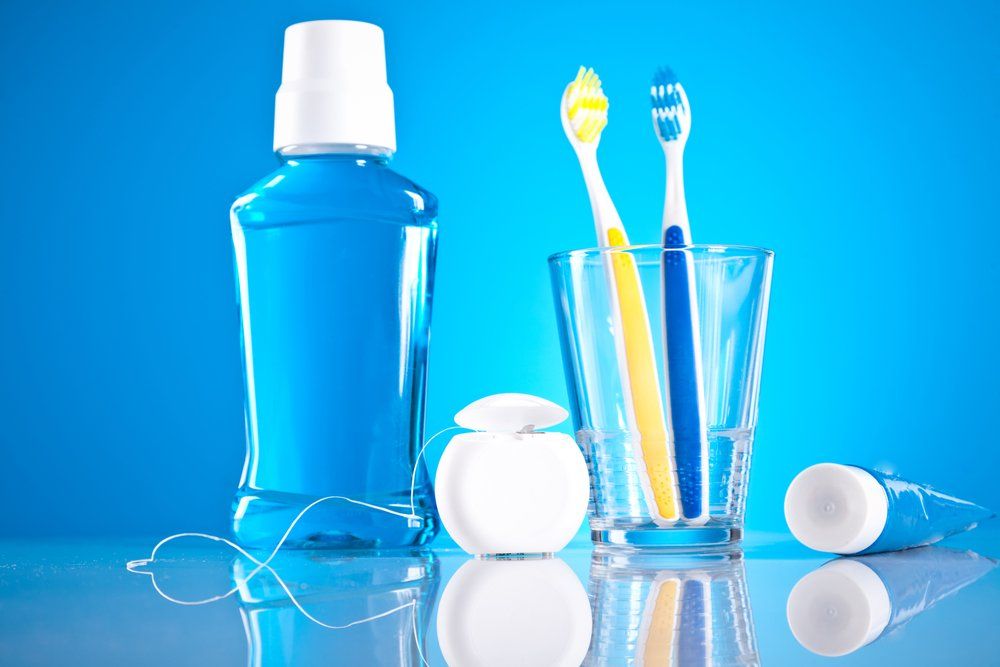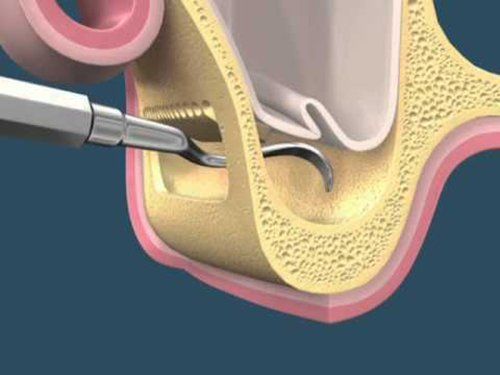
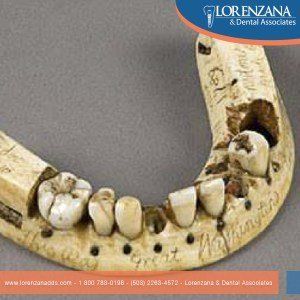
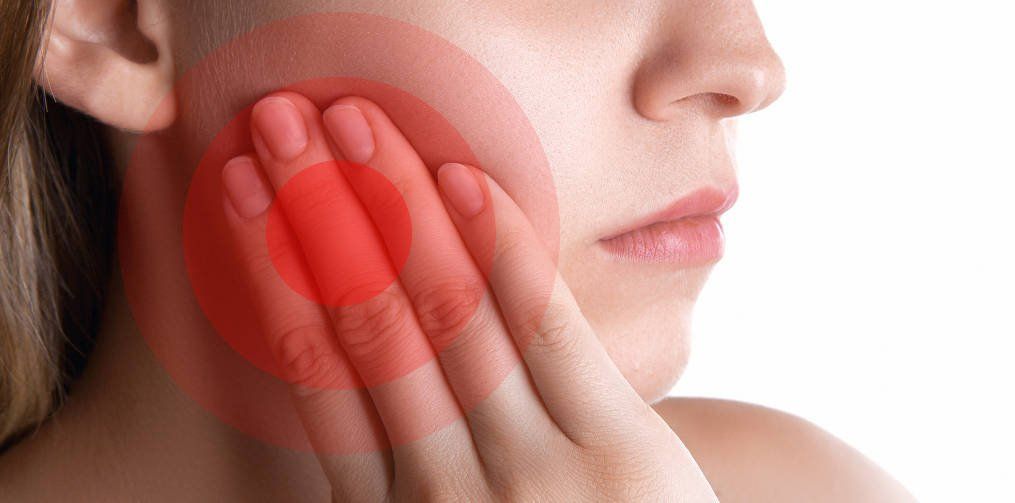
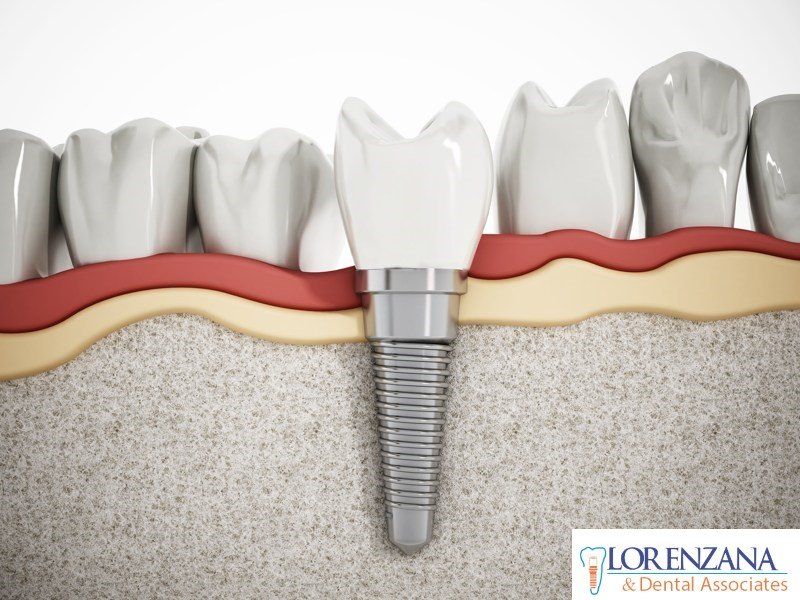
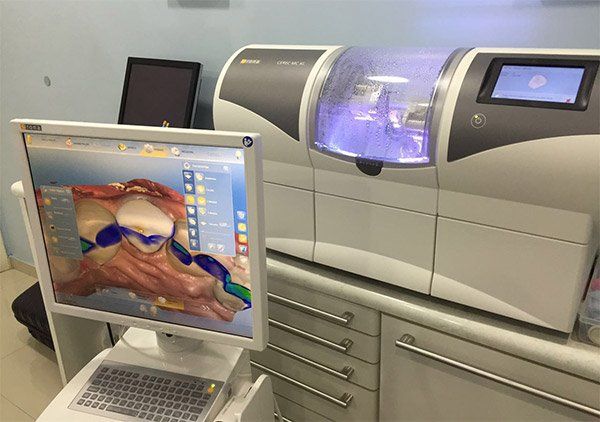
At Lorenzana & Dental Associates, we love our CEREC system - and our patients love it, too! Thanks to CEREC, we can give people the convenience of getting their teeth fixed (e.g. crowns, veneers) in as little as a single visit to our clinic.
That is just impressive, right?
But how did such an incredible technology as CEREC come into existence? Well, we will talk a little about that in this blog, which is the first in a series of blogs about this system. Let's get to it!
CEREC is what we know as a CAD/CAM system, which stands for Computer Aided Design/Computer Aided Manufacturing.
CAD/CAM's beginnings can be traced back to the 1950s, when the U.S. Air Force created a system for air defense with the aid of computer-generated graphics and the Pronto, the first commercially-available numerical controls programming language, was developed by Patrick J. Hanratty while working at General Electric.
These developments would then lead to CAD/CAM first being used in manufacture at the end of 1962, when Auto-trol started manufacturing digitizers that were used for civil engineering, mapping and electronic design applications. Later, during the 1970s and 1980s, the use of CAD/CAM was already widespread and transformed design and manufacturing across industries.
CAD/CAM came into use in the dentistry field during the 1980s, when the first devices of this kind were introduced: CEREC (by Sirona) and Procera (by Nobel Biocare). CEREC was introduced as a device to be used at the dentist's clinic with the goal of providing patients with dental restorations in a single visit. On the other hand, Procera became public as an outsourcing option; models would need to be sent to a Procera lab to be scanned, and then dental copings (inner core of a dental crown) were made and sent back to the dentist's lab to fabricate ceramics on the copings.
Since then, CAD/CAM in dentistry has progressed and now offers better esthetic results and a longer list of items that can be produced with such systems, including inlays, onlays, veneers, copings, and crowns.
Millions of crowns, veneers, and bridges are provided to patients around the world every year. However, although all of them can be produced using CAD/CAM technology, it is still the most common practice to use traditional laboratory techniques.
Indeed, at Lorenzana & Dental Associates we adopt the use of state-of-the-art technologies such as our CEREC System!
SOURCES: Innovation in Dentistry:
CAD/CAM Restorative
Procedures- James Klim and Edward B. Corrales
The CAD/CAM Hall of Fame - American Machinist
Auto-trol Technology - CAD History

En Lorenzana & Dental Associates, amamos nuestro sistema CEREC - ¡y nuestros pacientes lo aman también! Gracias a CEREC, podemos darle a las personas la conveniencia de obtener sus restauraciones dentales (como coronas o carillas) en un tiempo tan corto como una sola visita a nuestra clínica. Impresionante, ¿verdad?
¿Pero cómo llegó a existir una tecnología tan increíble como CEREC? Bueno, te contaremos un poco acerca de eso en este blog, que es el primero en una serie de blogs sobre nuestro sistema CEREC. ¡Vamos a empezar!
CEREC es lo que conocemos como un sistema CAD/CAM, siglas cuyo significado, traducido al español, es: Diseño Asistido por Computadora/Manufactura Asistida por Computadora.
Los comienzos de CAD/CAM se dieron en la década de 1950, cuando la Fuerza Aérea de EE.UU. creó un sistema para defensa aérea con la ayuda de gráficos generados por computadora y cuando Pronto, el primer lenguaje de programación de controles numéricos disponible a nivel comercial, fue desarrollado por Patrick J. Hanratty mientras trabajaba en General Electric.
Estos desarrollos tecnológicos conducirían al primer uso de CAD/CAM en manufacture a finales de 1962, cuando Auto-trol comenzó a producir dispositivos llamados digitadores que eran utilizados en ingeniería civil, mapeo y aplicaciones de diseño electrónico. Más tarde, en las décadas de 1970 y 1980, el uso de CAD/CAM ya era generalizado y estaba transformando el diseño y la manufactura en industrias variadas.
CAD/CAM se comenzó a utilizar en odontología en la década de 1980, cuando los primeros dispositivos de este tipo se introdujeron al público: CEREC (de la compañía Sirona) y Procera (de la compañía Nobel Biocare). CEREC se introdujo como un equipo a ser usado en la clínica dental con el propósito de brindar a los pacientes con restauraciones dentales en una sola visita. Por otro lado, Procera se dio a conocer como una opción de "outsourcing"; se debía enviar modelos a una laboratorio de Procera para que estos fueran escaneados, y luego esos laboratorios enviaban restauraciones dentales sin finalizar al laboratorio de la clínica dental, donde las piezas era terminadas con cerámica.
Desde entonces, las tecnologías CAD/CAM en odontología han evolucionado y ahora ofrecen mejor estética y una lista más variada de piezas que pueden ser fabricadas, incluyendo inlays, onlays, carillas cosméticas y coronas.
Millones de coronas, carillas y puentes son brindados a pacientes alrededor del mundo cada año. Sin embargo, aunque todas estas piezas pueden ser fabricadas con tecnología CAD/CAM, las técnicas tradicionales de laboratorio dental continúan siendo las más comúnmente utilizadas.
¡Es verdad! En Lorenzana & Dental Associates adoptamos el uso de tecnología de punta como nuestro sistema CEREC.
FUENTES: Innovation in Dentistry:
CAD/CAM Restorative
Procedures- James Klim and Edward B. Corrales
The CAD/CAM Hall of Fame - American Machinist
Auto-trol Technology - CAD History
